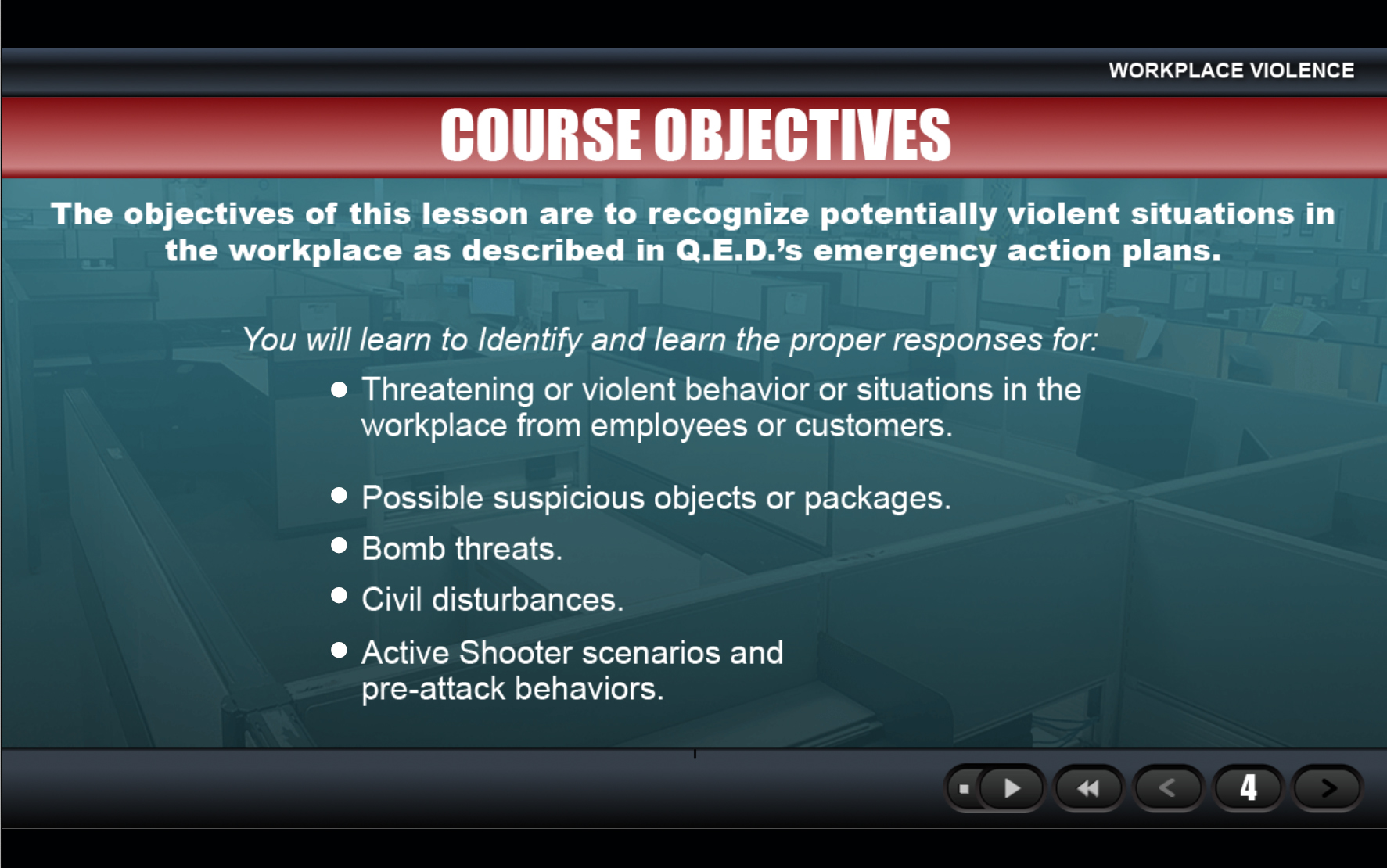Micro-Learning
What is Micro-Learning?
Micro-learning is a buzzword you’ll see often in the LMS world. In general, it’s used to describe short, quick learning material in small pieces. Think of a micro-learning piece as a bullet point on a PowerPoint presentation–easy to remember and incredibly engaging.
Most pieces of micro-learning are videos, and most are 90 seconds or less. People are savvy consumers of information. If a post on your Facebook feed doesn’t immediately catch your eye, you just scroll to the next one. Learners scroll through training content in the same way. They’ll sniff out off-the-shelf, inauthentic content and won’t engage with the material.
All that probably sounds intimidating. But you don’t necessarily have to hire a production company for these quick-hitting training pieces. It’s simple enough to make one with just your smartphone and a little creativity.

Why should you use it?
Organizations turn to micro-learning for many reasons. It’s effective, it’s efficient, and it’s pretty cheap.
Learners digest and remember information better in a tightly-focused piece. A simple minute or two is enough time to explain what they’re learning and why. And that’s really all you need. If the content’s available on a mobile device, learners can put that knowledge to use right away. Research from Bersin by Deloitte, a research group focused on learning strategies, shows that learners only have 1% of their week to training and development. They’re more likely to get through a course if key points are condensed to 90-second chunks rather than one 90-minute webinar.
The same research showed that more than 70% of employees use a search engine to find the information they need on the job. A library of micro-learning content gives those same learners a better place to go and ensures that they’re learning the right material.
You can make the content yourself with just a smartphone and a laptop. It’s easier than you think. Creating your own content lends a natural air of authenticity, which goes a long way for engaging learners. And once you find a rhythm, you can update the library of content as often as needed.
.

